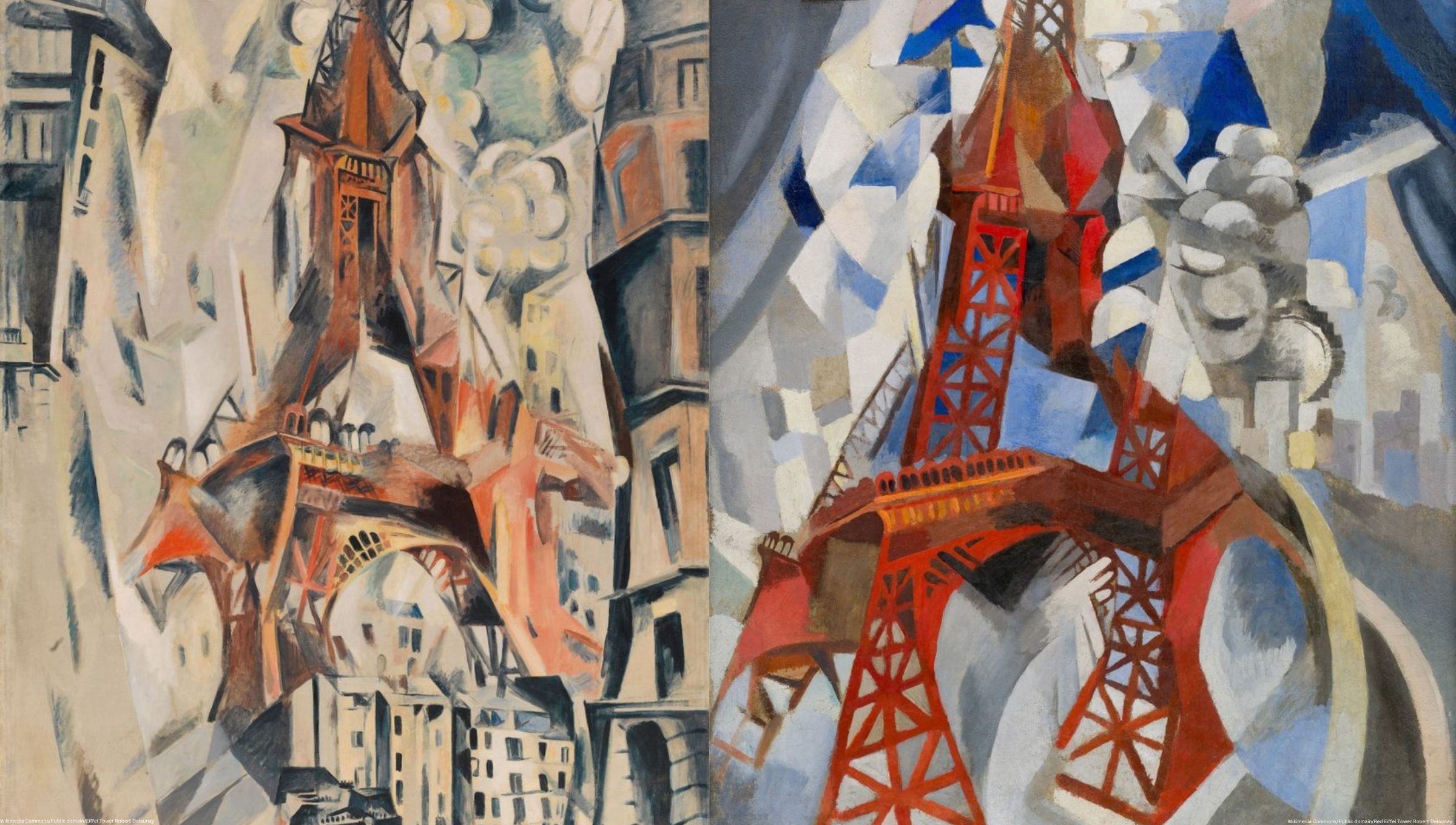
The Cubist’s Guide to France
Abstract figures, geometric shapes and a shift of perspective. The Cubist movement is easy to spot from across a gallery for its avant-garde interpretation. From Monet’s waterlilies of Impressionism to Cézanne’s bathers of Post-Impression, France is well-known for its art. And although Spanish artist Pablo Picasso is typically associated with Cubism, the movement also flourished in France and was born in Paris. Along with the related movements of Fauvism and Orphism, we’re doing a deep dive into Cubism in France. From the movements’ important artists to where to see artwork, here’s our guide to Cubism in France.
The Cubist’s Guide to France
Cubism, Fauvism and Orphism
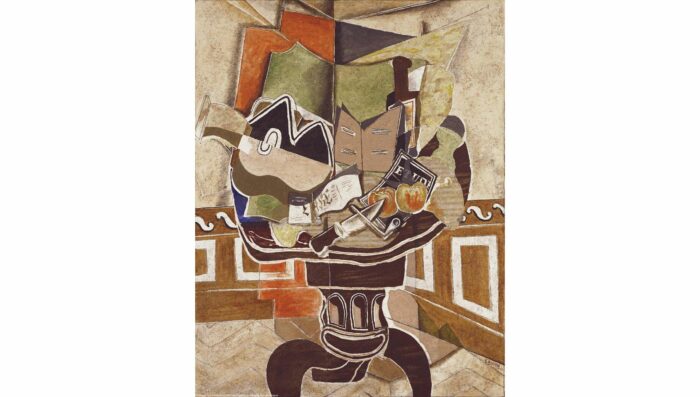
Art, haute couture, gastronomy – Paris has long been a hotbed for culture. And it’s also where the Cubism movement made its debut in the early 1900s. Artists and friends Pablo Picasso and Georges Braque “developed a revolutionary new style of painting which transformed everyday objects, landscapes, and people into geometric shapes,” according to the Tate. Cubism was a radical new approach to its portrayal of reality, according to the Guggenheim.
Related yet distinct, the Fauvist movement “embraced the dissolution of shapes into color inherited from Impressionism and Pointillism,” according to the Guggenheim Bilbao. And France’s own Henri Matisse is revered as the leader of Fauvism, per the Met. Also developed in the early 1900s, the movement is characterized by its “spontaneous, often subjective response to nature” and “bold, undisguised brushstrokes,” according to art curator Sabine Rewald.
Orphism is yet another Cubism-inspired movement, but it emphasized light and color, per Britannica. The movement was led by French husband and wife Robert and Sonia Delaunay.
Cubism may be just one style, but its influence extends into these related movements. Unlike Cubism, both Fauvism and Orphism favored the use of vibrant colors, per Britannica. Here’s a look at several important artists in these movements.
Georges Braque
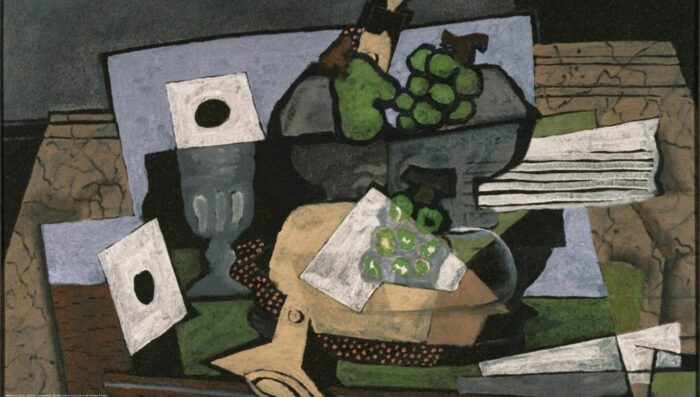
Pablo Picasso is closely associated with Cubism, but he developed this style alongside French artist Georges Braque in the early 1900s, according to the Guggenheim. Braque studied art in Paris and spent time at the Louvre, where he lingered among the Egyptian and Archaic Greek artwork, according to art historian Roy Donald McMullen. He also dabbled in Fauvism and found deep inspiration from Paul Cézanne, per Britannica. In Paris, you can admire a variety of his masterpieces at the Musée d’Art Moderne and the Centre Pompidou.
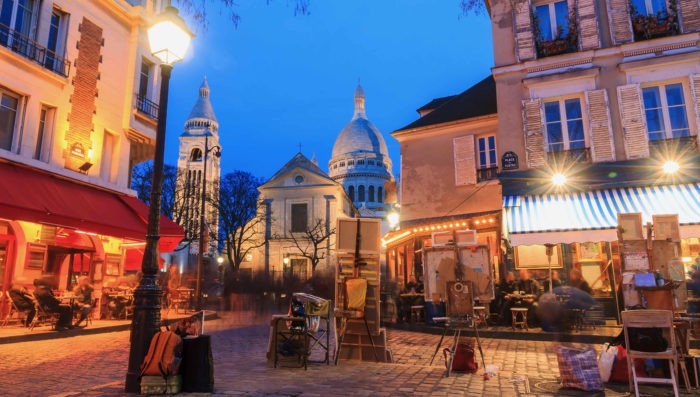
Montmartre Food Tour
Get lost in the neighborhood that welcomed and inspired so many artists. On your private food tour, you’ll explore Montmartre with a culinary expert as you savor French gastronomy. Stroll from Place du Tertre to the Clos de Montmartre vineyard and feast on sausages, cheeses, artisanal bread, olive oil and – of course – French pastries. French Side Travel also offers walking tours and even vintage Citroën 2 CV car ride by night. Be sure to make a stop in front of le Bateau Lavoir, a renowned artists’ studio where even Picasso and Dérain resided.
Henri Matisse
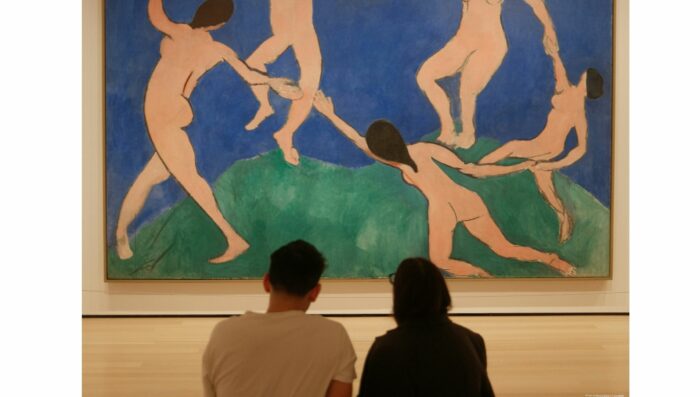
From sculptures to paintings, Henri Matisse dabbled in a variety of mediums. But perhaps one of his biggest claims to fame is pioneering the Fauvist movement. Known for its intense colors and curved lines, his work “captured a mood rather than merely trying to depict the world realistically,” according to Biography.com. In addition to his love for art, Matisse clearly had a love for southern France. From Saint Tropez to Collioure, Matisse struck inspiration in these sunny destinations, according to Winged Canvas. And in 1921, he relocated to Nice, per Biography.com. Head to his eponymous museum in Nice. Or marvel at his “La Blouse roumaine” at the Centre Pompidou in Paris.
You might also like our article on Henri Matisse and his love of southern France.
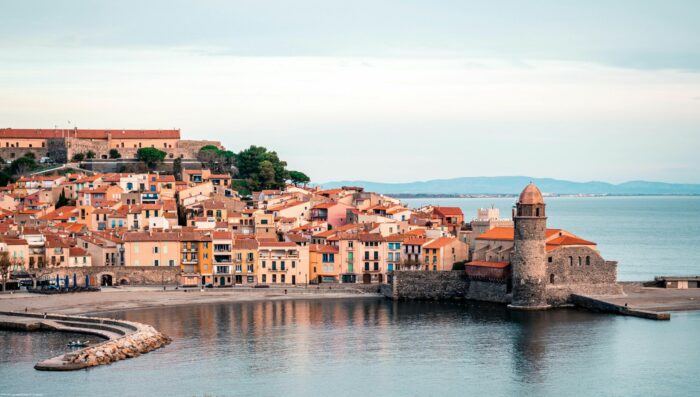
Private Tour of Collioure and Perpignan
Head to southwestern France to uncover the beauty of the region that inspired so many artists from this movement. Wander the streets of Collioure, a town that inspired Matisse, Dérain and other artists. Take a tour of the Musée d’Art Moderne in Collioure, where you can admire its ever-changing exhibitions. Just 30 minutes away in Perpignan, French Side Travel offers a walking tour where you can trace the steps of artists including Picasso, Maillol, Dali and Rigaud. At the Musée d’Art Hyacinthe Rigaud, you can admire artwork from Picasso’s Cubism to Raoul Dufy’s Fauvism pieces.
Robert and Sonia Delaunay

You’ve probably seen dozens, if not hundreds, of Eiffel Tower renditions. But leave it to Robert Delaunay to add his own twist on this monument. Particularly known for his Eiffel Tower-themed artwork, Delaunay pioneered the Orphist movement. Orphism can be summed up by a marriage between Cubism and bright colors, per Britannica. Delaunay also worked with his wife and fellow artist Sonia Terk, according to the Guggenheim. Admire his piece “Manège de cochons” at the Centre Pompidou in Paris. And marvel at more of his and his wife’s artwork at the Musée d’Art Moderne in Paris.
André Derain

A major player in Fauvism, André Derain not only created art but also collected various items, including pieces from equatorial Africa and Oceania, per the Met. In 1907, he moved to le Bateau-Lavoir, where a group of artists had their studios in Montmartre, per The Art Story. He even spent a summer in the southern French town of Collioure with Matisse, according to the Musée de l’Orangerie. His pieces can be found in museums across France, including Musée de l’Orangerie in Paris and Musée Cantini in Marseille. You can also visit his home just outside of Paris.
Where to Stay in France
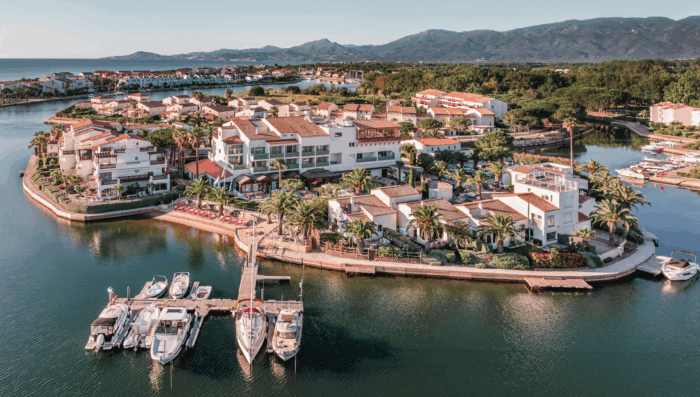
L’île de la Lagune in Saint Cyprien
Tucked in between Perpignan and Collioure, this five-star hotel wows with its 37 rooms and villas along with its Michelin-starred restaurant. L’île de la Lagune’s spa promises a pool, sauna, hammam and even an ice fountain.

Château des Fleurs
Revisit the Belle Époque with a stay at five-star hotel Château des Fleurs. Treat yourself to a stay in one of its 37 rooms. After a full day of viewing art, dine at the hotel’s Franco-Korean fusion restaurant and indulge in a massage or a facial at its spa.
Cubism, Fauvism or Orphism: which of these movements inspires you most? France boasts a variety of activities and destinations for art afficionados. Whether you’re hoping to see one of Delaunay’s Eiffel Towers or Matisse’s renditions of Collioure, we’re here to make it happen. Contact one of our travel designers today to start planning. You might also like: Paris in Style: A Luxury Escape of Art, History & Taste or Explore the Pyrenees: Landscapes, History, and Culture.
